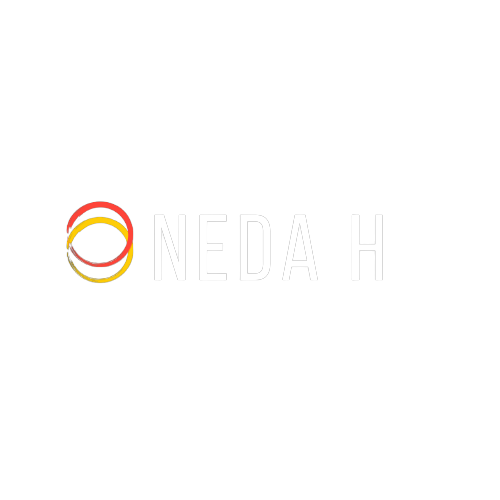WordPress is one of the most popular content management systems and site builders in the world, powering over 75 billion websites and claiming more than 60 percent of the global content management market. One reason for the enduring popularity of this free and open source website platform is its flexibility and ease of use—anyone from a personal blogger to a multi-national corporation like Sony and Disney can make a fully functioning WordPress site, even if they have no experience at all in site design. To learn how to make a WordPress website, continue reading for our comprehensive guide.
Making a WordPress Website: The Essentials
In order to start making a WordPress website, all you need is to register a domain name and find the right web hosting provider. Domains can be purchased through your web hosting provider, or they can be bought separately and added to an existing hosting account. Once you’ve secured the domain and set it up with your hosting provider, you’ll be offered options for setting up the new site under your hosting account and domain name. Once that’s completed, you’ll need to get WordPress and install it to create the framework for putting content on the new site.
Download and Install WordPress
WordPress can be installed manually to any hosting account, and it’s available free of charge from WordPress.org, the parent organization that oversees the ongoing development of WordPress by its large and growing community of designers and developers who work on an ongoing basis to keep WordPress functioning smoothly. To get a copy, simply click to download. WordPress is licensed under General Public License so that anyone is free to use, modify, or share it at any time. The WordPress package includes all files needed to set up a new site, delivered immediately as a ZIP file.
To install WordPress from the download file to your existing hosting account, you’ll need an FTP client that enables you to upload WordPress to your site’s root directory or a subfolder within that directory. Then use the FTP client to upload WordPress files to the chosen location. To access it, create a new database on your site’s cPanel, and you’re ready to run the WordPress install. Once WordPress is installed, you’ll be able to select a theme from the theme directory or upload a custom theme from a third-party developer. If you want to make sure that your theme works with mobile devices, choose one that is responsive and able to adapt to any size screen.
Install With “One Click”
Most hosting providers make it easy to install WordPress directly from your hosting account’s cPanel using an auto installer that handles setting up the locations and databases of WordPress for a given site. Once this “one click” installation is complete, the WordPress site can be managed from the account’s cPanel and from the site’s own dashboard, which allows the WordPress admin to customize site features and themes or add plugin options and widgets for enhanced functionality.
Whether manually installed or via an auto installer, once WordPress has been activated, the new site can be developed and managed from its dashboard. WordPress includes an extensive directory of free themes with a variety of features, and a new theme can be installed simply by clicking on it. Once a theme is chosen, it can be customized quickly from the WordPress admin dashboard with options for setting up the site’s title, colors, widgets, layout and more. Experienced designers can make additional changes by working with the WordPress code and style sheets.
The functionality of any site can be customized with plugins, added pieces of software that add specific features such as shopping carts, galleries or payment portals to a site. Like the theme directory, WordPress includes an extensive plugin directory, and more can be purchased from third-party theme and plugin designers.
Add Content
Once a WordPress site is installed and activated, content of all kinds can be added. WordPress was originally designed for bloggers, and the content window is text-based. Users can insert not only text but also images and video of all kinds, with options for repositioning and resizing images right in the content editor. WordPress also makes it easy to embed video or other kinds of content from external sites, with options for placing these items on their own page or post or inserting them into widgets for site-wide use. WordPress installations include a media gallery where images and other kinds of visual assets can be uploaded and stored.
WordPress is flexible and scalable so that once a site is set up, it can virtually be extended indefinitely, with no limits on the number of blog posts or pages a user can create. With hundreds of themes and plugins available from WordPress itself and third-party developers around the world, it’s possible to change a site’s look and style with the click of a mouse. A plugin can be added or deleted at any time and its functions customized, as well, in order to stay current with a site’s changing focus and needs. Whether you’re installing WordPress yourself or using your web hosting provider’s tools to do it, you can use WordPress to make a website—no web design experience needed.

